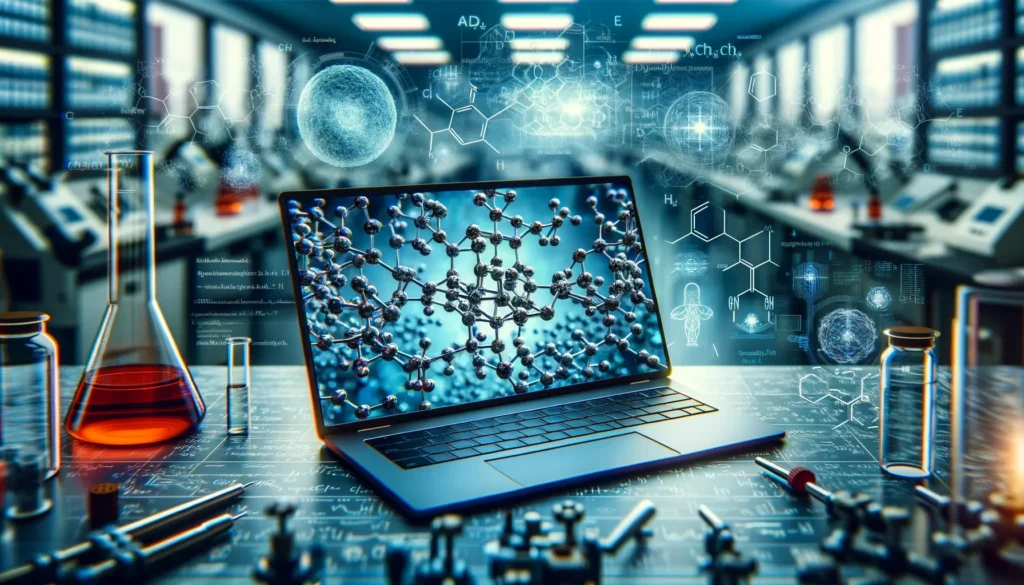A method that is now the gold standard for characterizing novel materials can be enhanced by deep learning, according to scientists at the University of Rochester. The interdisciplinary team outlines models built to better utilize the huge amounts of data generated by X-ray diffraction studies in a study published in npj Computational Materials.
Exciting information about the structure and characteristics of a material can be found in the diffracted images produced by shining intense lasers on a sample during X-ray diffraction tests. Traditional techniques of evaluating these images can be divisive, laborious, and frequently inefficient, according to project lead Niaz Abdolrahim, an associate professor in the Department of Mechanical Engineering and a scientist at the Laboratory for Laser Energetics (LLE).
Each of these images has a wealth of materials science and physics, and terabytes of data are generated daily at labs and sites across the globe, according to Abdolrahim. It would be very beneficial to speed up materials innovation, comprehend materials under harsh conditions, and design materials for many technological applications if a good model for analyzing this data could be developed.
Jerardo Salgado, a PhD candidate in materials science, led the study, which has specific implications for high-energy-density studies such as those carried out at LLE by scientists from the Center for Matter at Atomic Pressures. Scientists can learn how to develop new materials and gain insight into the formation of stars and planets by measuring the exact instant at which materials subjected to harsh conditions change phases.
According to Abdolrahim, the project—which is supported by the National Science Foundation and the National Nuclear Security Administration of the US Department of Energy—improves on earlier attempts to create machine learning models for X-ray diffraction analysis that were mainly trained and assessed using synthetic data. To train their deep learning models, Abdolrahim, Associate Professor Chenliang Xu from the Department of Computer Science, and their students used actual data from inorganic material studies.
According to Abdolrahim, more experimental data from X-ray diffraction analysis should be made available to the public in order to improve the models. According to her, the group is working on developing platforms that will allow users to exchange data that can be used to assess and train the system, increasing its efficacy.








